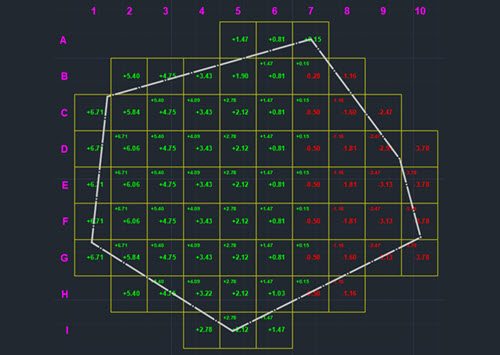
For a double-curved surface (the rightmost object), the best way to unfold will likely consist of taking a horizontal or vertical set of faces and unwrapping in “strips”. the curved top of the cone shown above) and unwrap that separately from the rest (the circular base in that case). It is always possible to select only part of an object (e.g. In some cases, (as for the sphere), this tool may be able to “peel” a surface, which may or may not be a useful result. This means that if your object has double-curvature (as is the case for the semi-sphere and the shell in the image above), then my extension can fail because it is likely impossible to find a result for the entire object. a cylinder) can be cleanly unwrapped and flattened. In general terms, only flat shapes and developable surfaces (e.g. If a face needs to be reversed, then that can easily be done with the “reverse face” right-click tool. If neighboring faces have a different orientation, however, (as in the model in the lower half of the picture), then the unfolding process ends up placing faces on top of neighboring faces, which leads to an inaccurate result (SketchUp merges those overlapping faces in the process).īest practice is therefore to always double-check that all faces that are to be unfolded together have their fronts oriented similarly.

As you can see in the image above, if all faces are aligned the same (as in the topmost model where all fronts point outwards), the three faces unwrap correctly. This relies quite a bit on face orientation. The unfolding algorithm of my extension starts at one face and folds it along an edge to end up aligned with the next face at that edge (and then repeats from there). SketchUp faces have a front and a back side (turn on “monochrome” face style in the View menu to see those orientations) where the front of a face is commonly colored white. Of course there are some caveats for that to work and I will be covering some of those here. multiple faces) and produce something usable. In many cases, it can automatically unwrap a surface (i.e. Of course, my Unwrap and Flatten Faces Extension for SketchUpis the ideal tool for doing that in SketchUp. If you want to build something exactly as designed on-screen, then you will need to unfold complex shapes and lay them out flat for cutting. Whether you are working with paper or sheet metal, unfolding is a crucial step in the manufacturing process when you are starting off with a digital model in SketchUp.


 0 kommentar(er)
0 kommentar(er)
